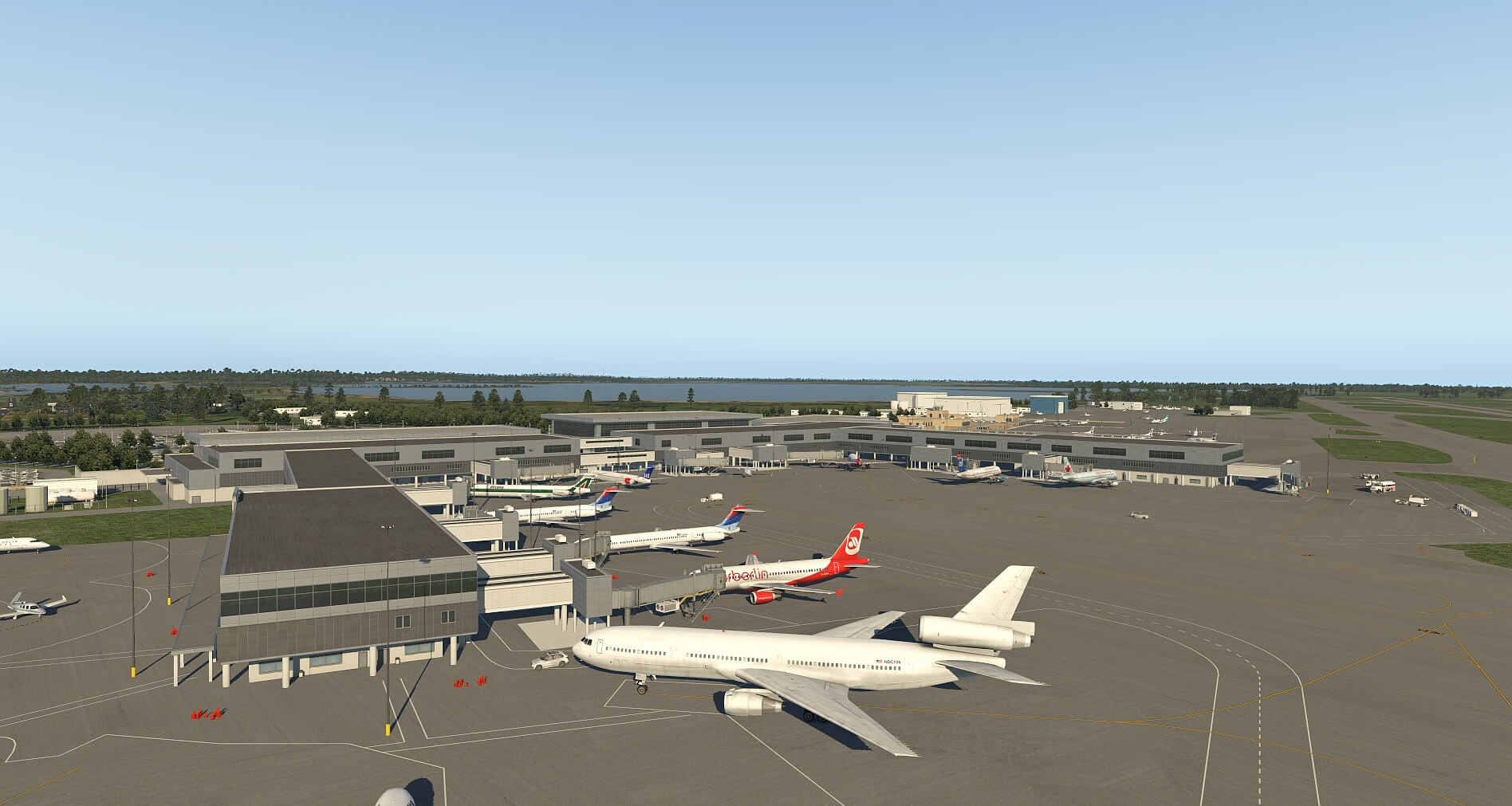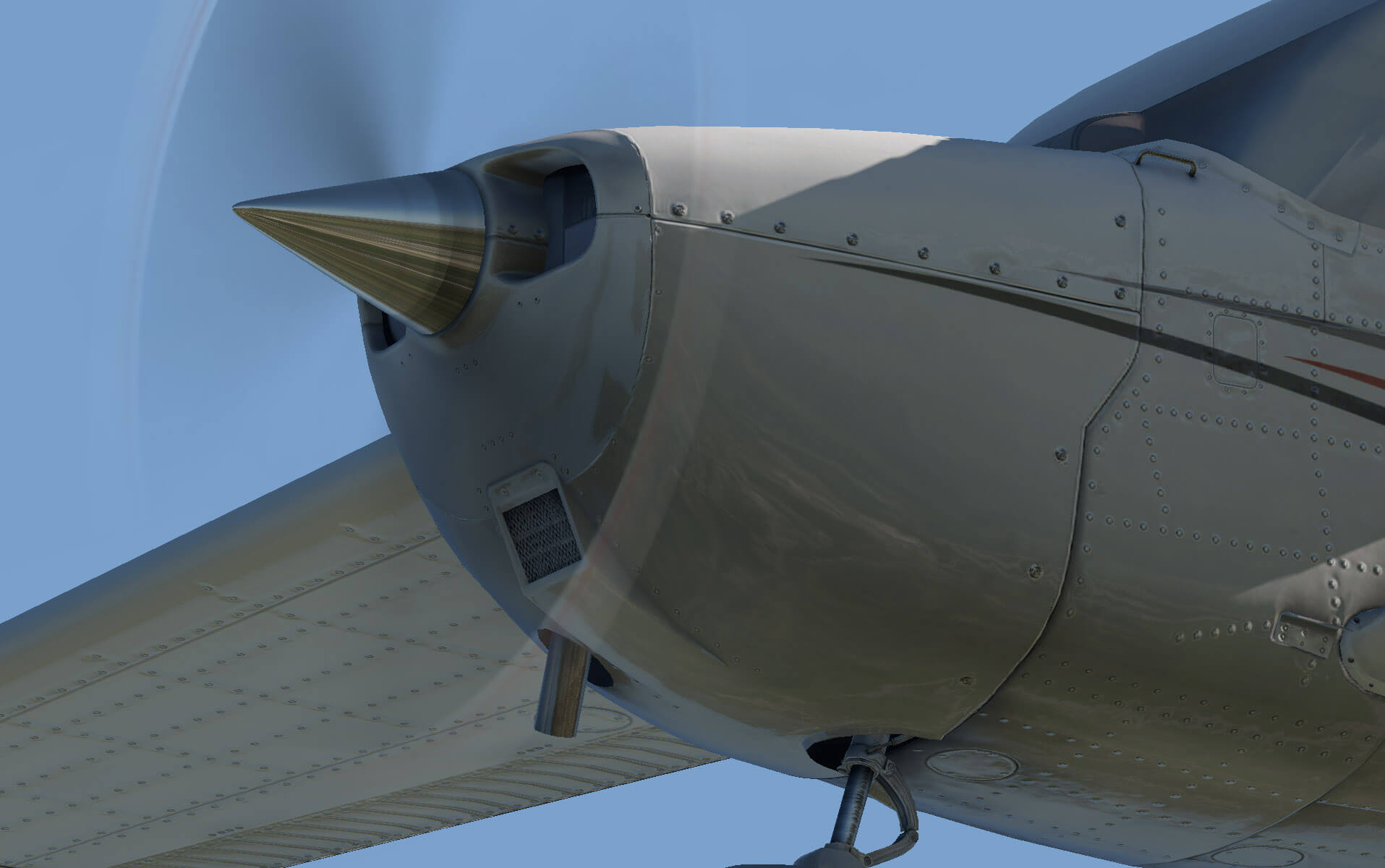

Unlike its predecessor, the spacecraft can autonomously dock to the ISS instead of being berthed. Crew Dragon was initially called "DragonRider" and it was intended from the beginning to support a crew of seven or a combination of crew and cargo. There are two variants of Dragon 2: Crew Dragon and Cargo Dragon. Crew Dragon is also used for non-docking orbital space tourism, and is expected to be used to shuttle tourists to and from Axiom Space's planned space station. After June 2022 it will be joined by Boeing Starliner in this role. Its primary role is to transport crews to and from the ISS under NASA's Commercial Crew Program, succeeding the crew orbital transportation capabilities of the Space Shuttle which retired from service in 2011. human-rated orbital transport spacecraft.

It shares this duty with Northrop Grumman Innovation Systems' Cygnus spacecraft, and Sierra Nevada Corporation's Dream Chaser spacecraft is expected to join them after June 2022.Īs of 2021, Crew Dragon is the only U.S. The first flight of Dragon 2 in a cargo configuration launched in December 2020.

Four operational Dragon 2 spacecraft have been manufactured.Ĭargo Dragon supplies cargo to the ISS under a Commercial Resupply Services-2 contract with NASA. The spacecraft launches atop a Falcon 9 Block 5 rocket and the capsule returns to Earth via splashdown. The spacecraft consists of a reuseable space capsule and an expendable trunk module. There are two variants: Crew Dragon, a spacecraft capable of ferrying up to seven crew, and Cargo Dragon, an updated replacement for the original Dragon 1. SpaceX reusable launch system developmentĭragon 2 is a class of partially reusable spacecraft developed and manufactured by American aerospace manufacturer SpaceX, primarily for flights to the International Space Station (ISS).SpaceX Mars transportation infrastructure.


 0 kommentar(er)
0 kommentar(er)
